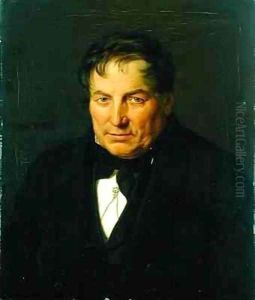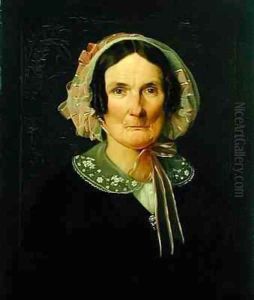Carl Eybe Paintings
Carl Eybe was a German painter, born in 1897 in a small village near Kassel, Germany. His path to becoming an artist was not straightforward, as the early 20th century was a tumultuous time that saw the upheavals of World War I, the interwar period, and then World War II. Despite these challenges, Eybe managed to carve out a space for himself in the art world, developing a style that was distinctly his own, yet reflective of the broader movements of his time.
Eybe's early work was influenced by the Expressionist movement, which was prominent in Germany during his formative years as an artist. This movement, known for its emphasis on emotional expression over physical reality, provided a foundation for Eybe's exploration of color, form, and the human condition. However, Eybe's style evolved over time, incorporating elements of realism and the Neue Sachlichkeit (New Objectivity) movement that emerged in Germany in the 1920s. This blend of styles allowed him to create works that were both emotionally resonant and critically engaged with the social issues of his day.
Throughout his career, Carl Eybe focused on landscapes, portraits, and still lifes, employing a muted palette and a delicate sense of light to imbue his subjects with a sense of depth and introspection. His landscapes, often depicting the German countryside, are notable for their serene beauty and subtle interplay of light and shadow. In his portraits, Eybe demonstrated a keen ability to capture the essence of his subjects, revealing the inner life behind their outward appearances.
Despite his talents, Eybe's work did not gain widespread recognition during his lifetime. The political and social upheavals of the 20th century, coupled with the changing tastes in art, meant that artists like Eybe often found themselves on the periphery of the mainstream art world. Nevertheless, he continued to work and exhibit his art, contributing to the cultural landscape of Germany through his unique vision.
Carl Eybe passed away in 1968, leaving behind a body of work that, while not widely known, offers a compelling insight into the life and times of an artist navigating the complexities of the 20th century. Today, his paintings can be found in several German museums, where they serve as a testament to his skill and sensitivity as an artist.

